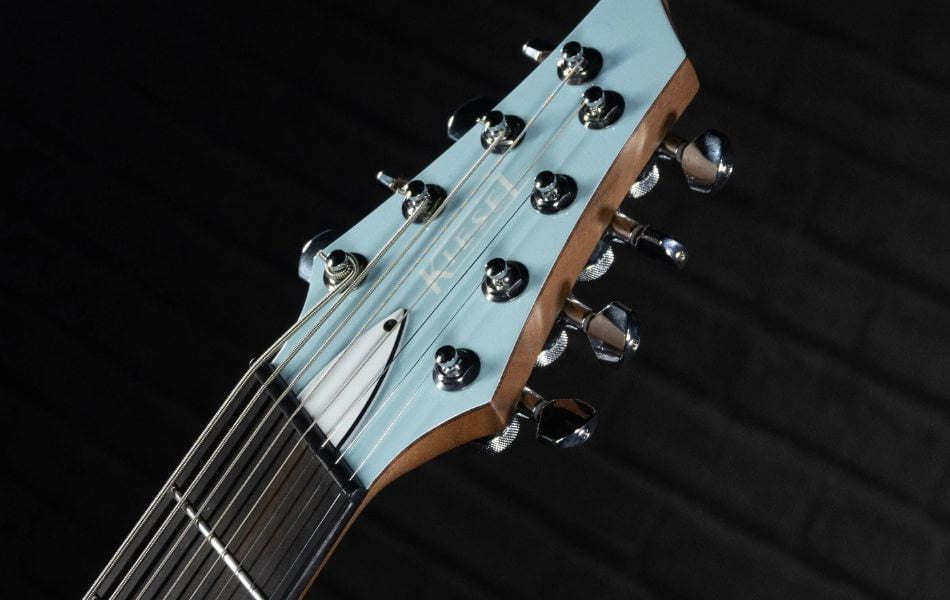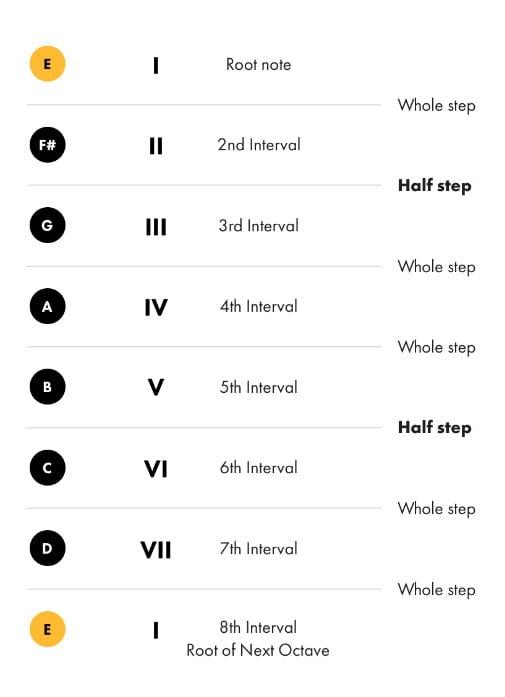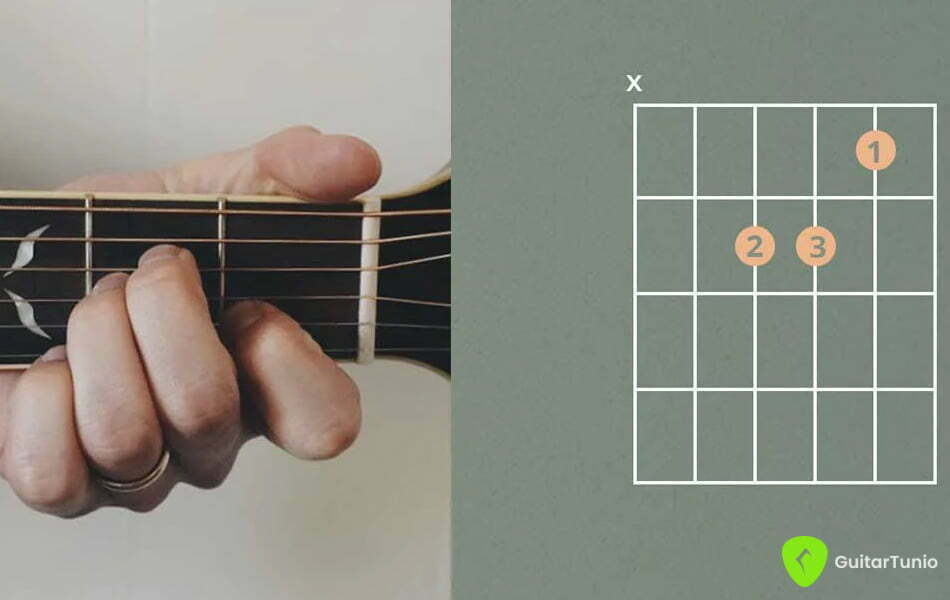Drop And Open Tuning On 8 String Guitar Standard Tuning
The 8 string guitar standard tuning has revolutionized the world of modern music, providing musicians with an extended range. If you are not really knowledgeable about standard tuning for your guitar, this will be your savior. The article helps you have a deeper and more complete view of the standard tuning.
Introduction to 8 string guitar standard tuning
In comparison to the conventional 6-string guitar, the 8-string standard tuning is a unique guitar configuration that has eight strings and provides a wider range and more musical options. The strings in this tuning are often placed in intervals to give players a balanced and adaptable arrangement.
- String 1 (the thinnest string, highest pitch): F#
- String 2: B
- String 3: E
- String 4: A
- String 5: D
- String 6: G
- String 7: B
- String 8 (the thickest string, lowest pitch): E
This tuning arrangement allows for a wide range of notes, from deep bass tones on the low E string to bright and high-pitched notes on the high F# string. Musicians who play in a variety of genres, including jazz, fusion, progressive rock, metal, and djent, like the 8 string guitar standard tuning.
Guitarists can experiment with complex chord voicings, full harmonies, and challenging melodies. However, it also poses technical difficulties because players must get accustomed to the bigger fretboard and the distinctive features of the instrument.

How to tune 8 string guitar standard
8 string tuning with drop scale
On 8-string guitars, drop scale (drop tuning) is fairly prevalent. If you lower just the 8th string on your guitar, the tuning is known as dropped.
The pitch of the eighth string should be in a normal tune with that of the sixth string. The strings are tuned E – B – E – A – D – G – B – E in a tuning style known as Drop E. Eb - Bb - Eb - Ab - Db - Gb - Bb - Eb would be the notes on your guitar if it were tuned to the F standard.
Open tuning on guitar 8 string
Open tunings on an 8 string guitar standard tuning can be a fascinating and creative way to explore new sonic possibilities. In an open tuning, the strings are tuned to form a specific chord when played open (without fretting any notes). This unique tuning setup allows guitarists to create rich and resonant chords with minimal finger movements. Here's an example of an open tuning for an 8-string guitar:
- String 1 (the thinnest string, highest pitch): E
- String 2: B
- String 3: E
- String 4: G#
- String 5: B
- String 6: E
- String 7: G#
- String 8 (the thickest string, lowest pitch): E

Comparison to Standard 6-String Guitar Tuning
Number of Strings
Standard 6-String Guitar: As the name suggests, a standard 6-string guitar has six strings, tuned from low to high: E, A, D, G, B, and E.
8-String Guitar: The 8-string guitar has two additional strings, providing a total of eight strings. The standard tuning for an 8-string guitar is typically tuned in intervals, from low to high: F#, B, E, A, D, G, B, and E.
Musical Genres and Styles
Standard 6-String Guitar: The 6-string guitar is well-suited for a wide range of musical genres, including rock, pop, blues, folk, and more.
8-String Guitar: The 8-string guitar has found a particular niche in genres such as metal, djent, progressive rock, jazz, and fusion, where its extended range and expanded possibilities for chord voicings are highly valued.
Range of Tones
8-String Guitar: With two extra strings, the 8-string guitar has a broader tonal range, from deep bass notes to high treble tones.
6-String Guitar: The tonal range of the 6-string guitar is more limited compared to the 8-string guitar, and it cannot achieve the same level of richness and expansiveness.
Guitar Setup
8-String Guitar: Stringing can be more complex, requiring the player to be familiar and patient with tuning the strings to the correct configuration.
6-String Guitar: The 6-string guitar has a simpler setup, making it easier to string and play, especially for beginners.
Multi-string guitars, such as the 8 string guitar, indeed come with the challenge of complex tuning. It can be daunting for beginners. However, mastering the art of 8 string guitar standard tuning opens up a world of possibilities and allows you to refine your guitar skills to a higher level.








